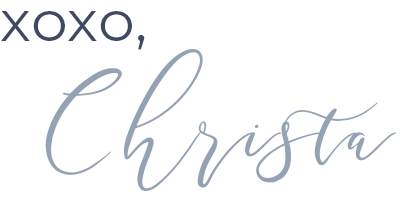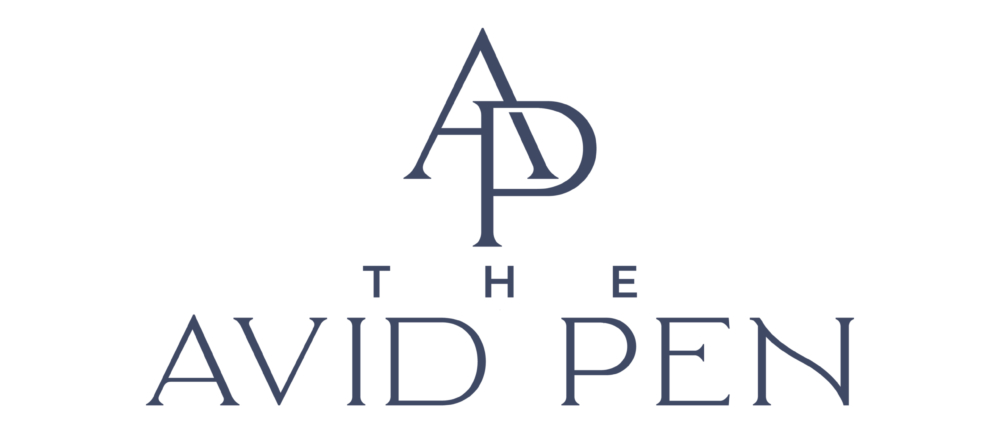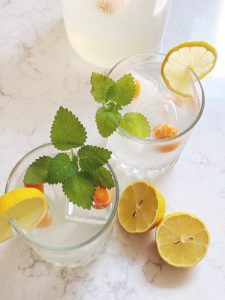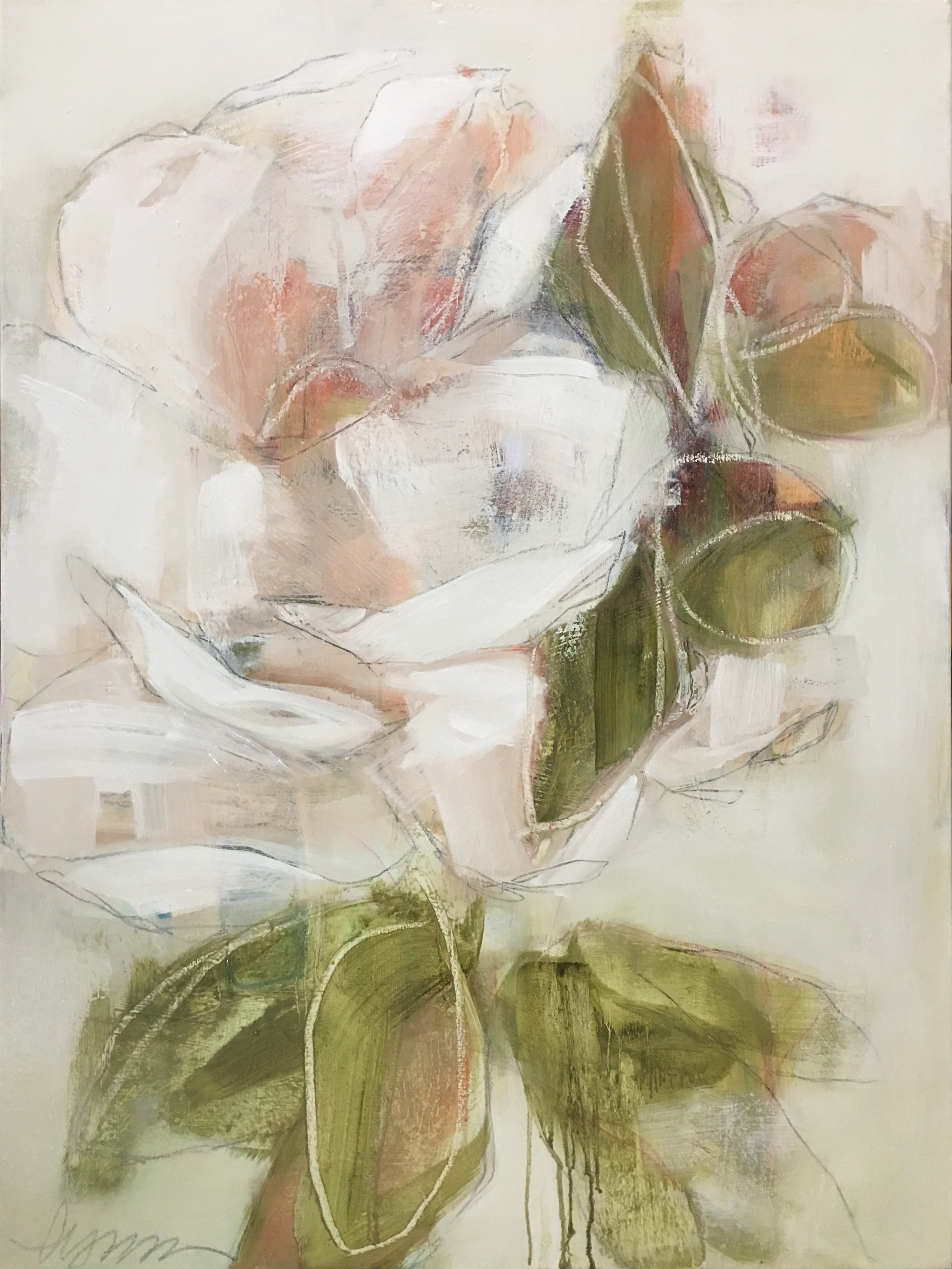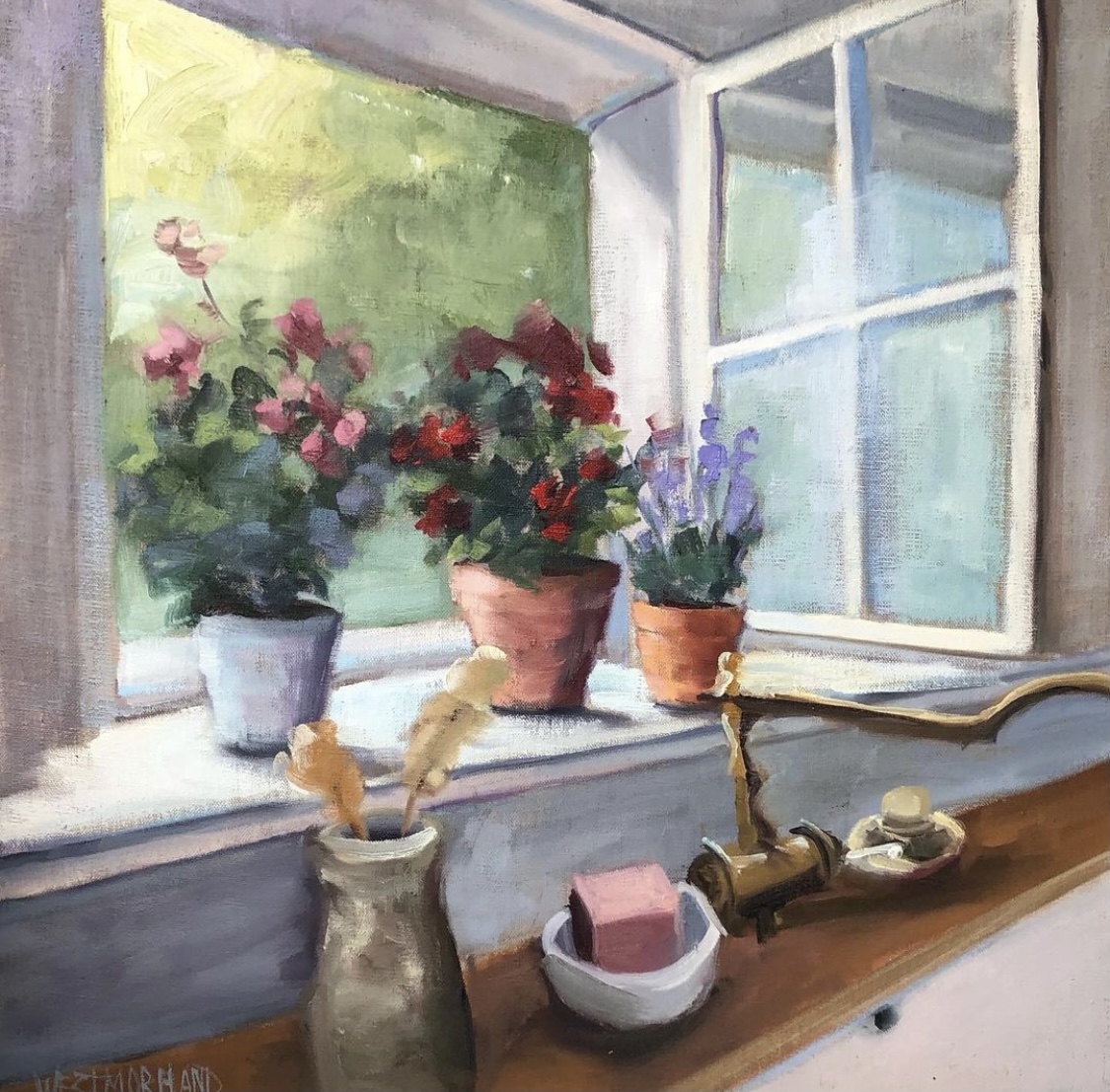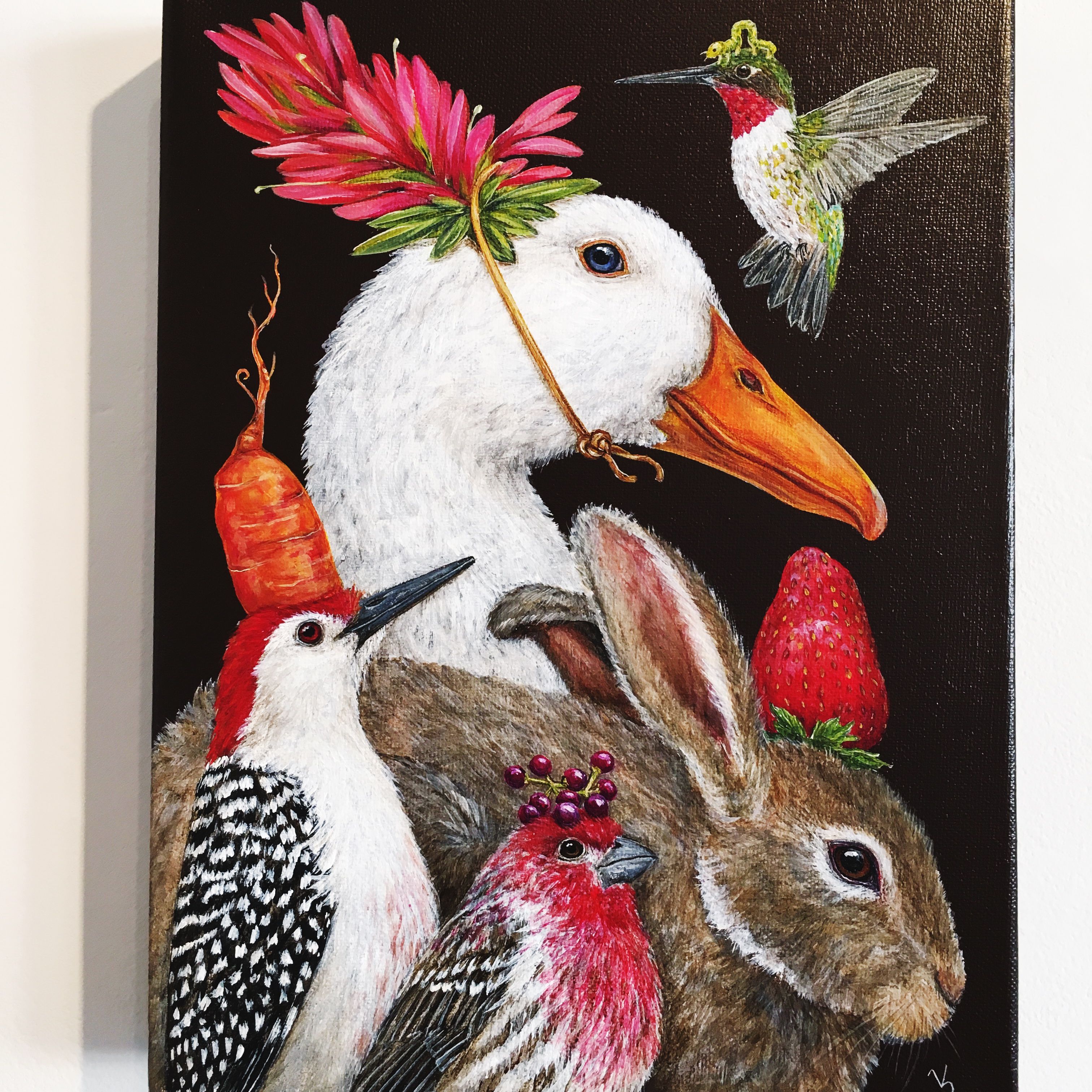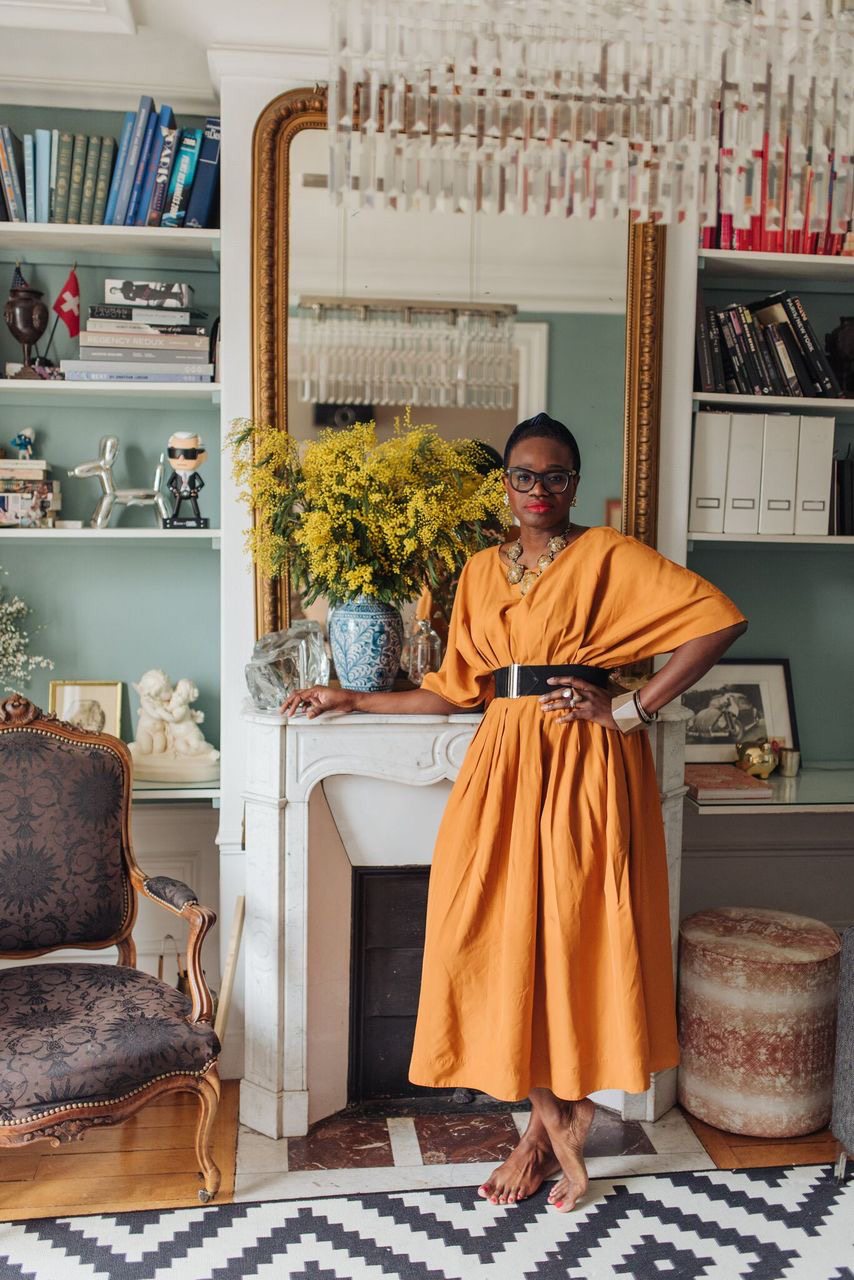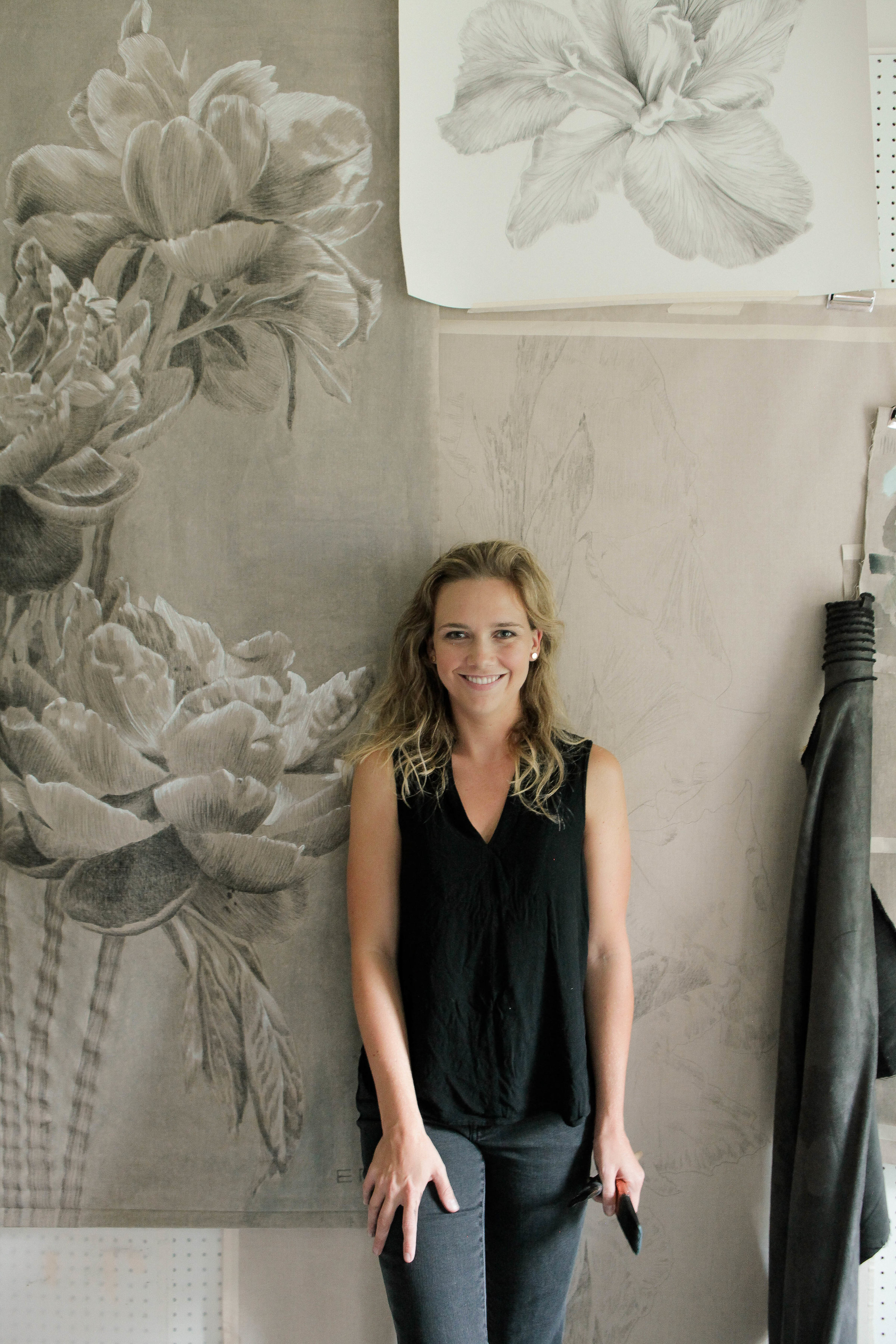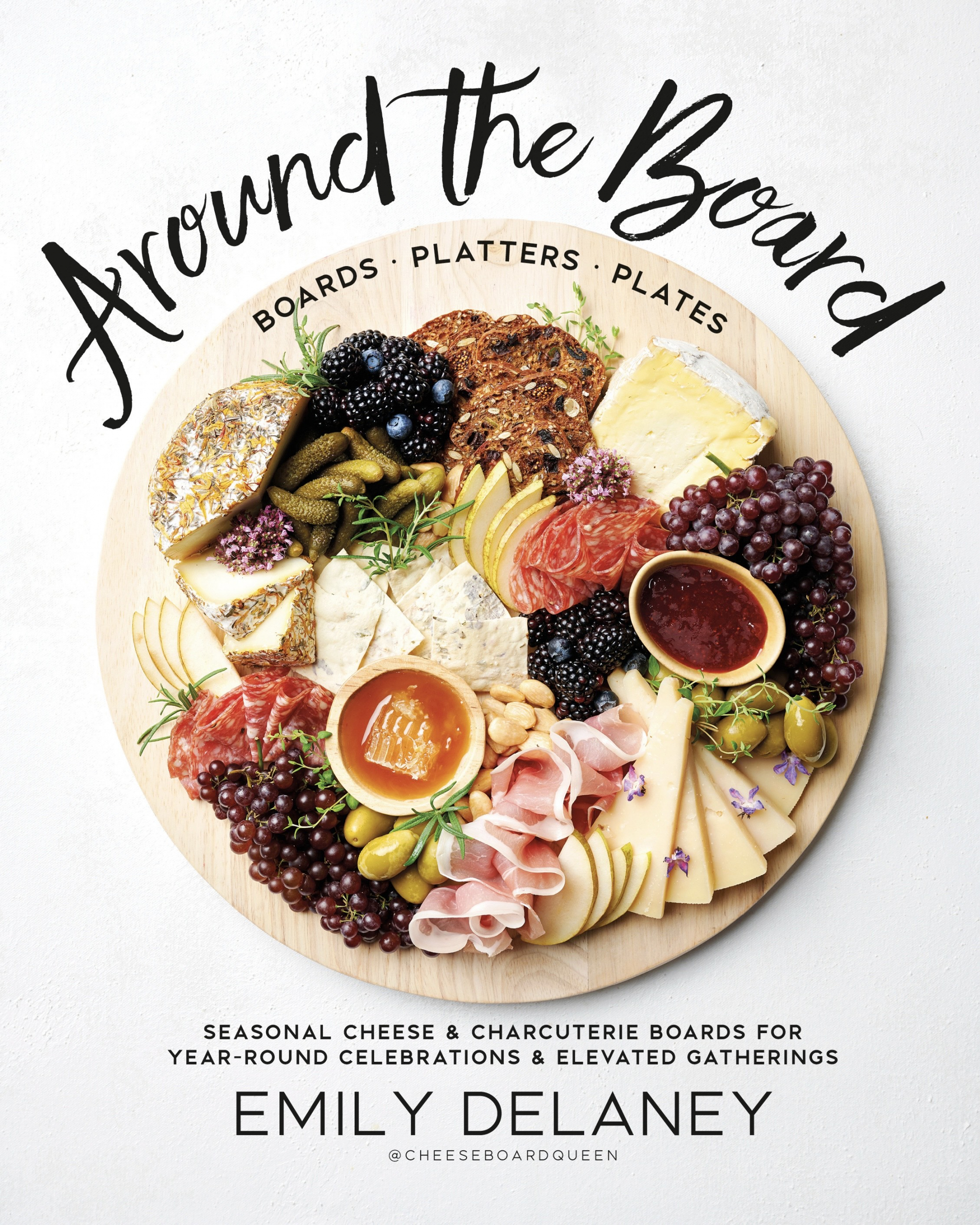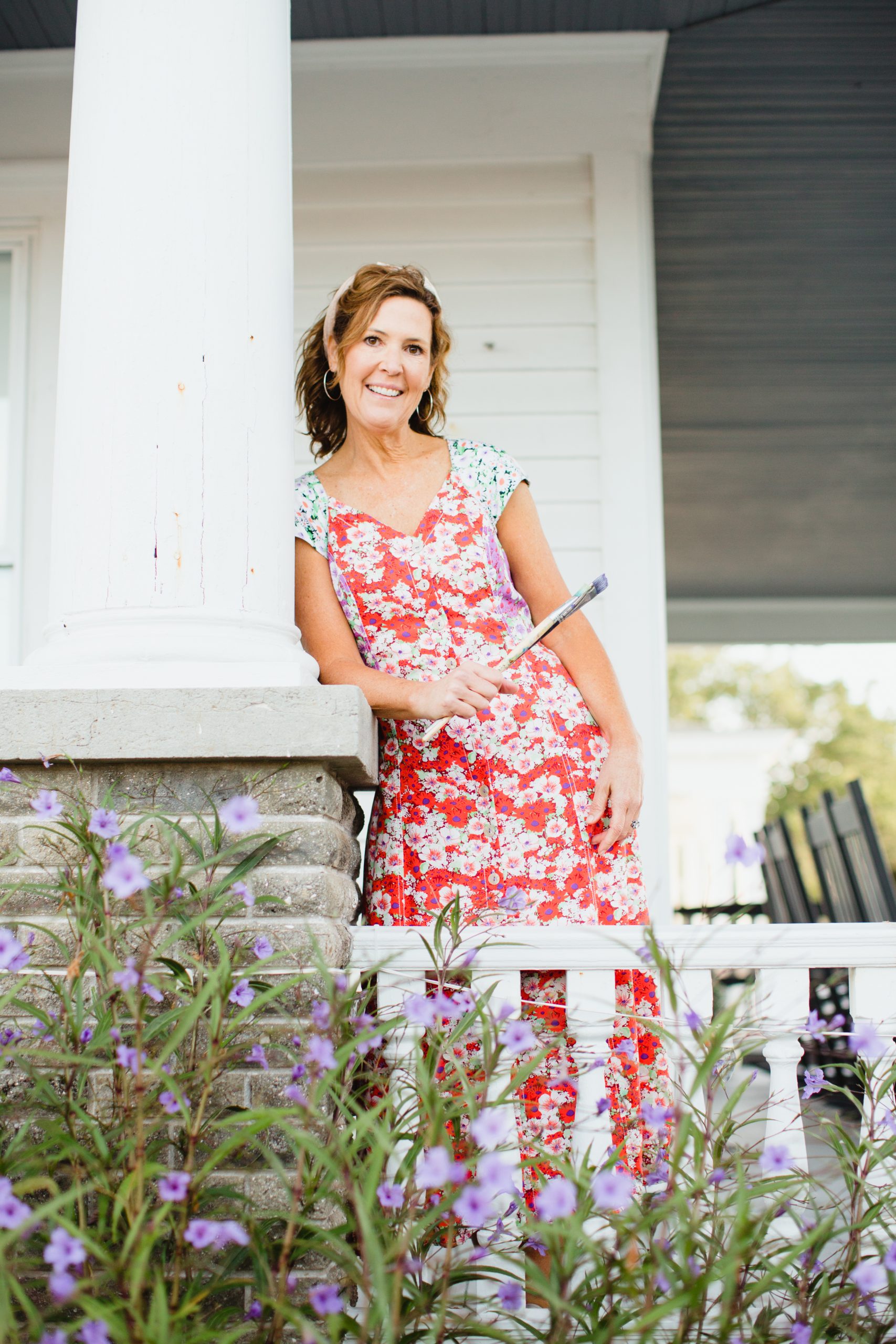
Today’s artist spotlight features Charlotte based artist, Angela Nesbit. I first learned about Angela’s work after seeing a few of her children’s portraits on Instagram. I was instantly intrigued by her impressionism meets abstraction style of painting and I’m excited to share more about her work here on the blog today.
During our conversation Angela shared about her artistic journey, including her mentorship from another Charlotte based artist, Andy Braitman, the effects that can be created using brush versus palette knife, and a sneak peek into her most recent painting series.
Tell us about when your journey in the artistic world first began.
As a kid I always had a sketch book. I grew up as an only child on a horse farm, so I tended to make my own fun. I was always drawing my pony and I was just a dabbler in art at the time. In high school I took an art class and that kind of ended things for awhile. I was told that there was only one way to do art and if you couldn’t draw/paint a realistic portrait of a person then you weren’t a real artist.
After that I went to business school and became a CPA, and I started taking art classes again. It was clear that I needed a creative outlet that I needed to pursue. So it started with faux finishing stage and then I finally got into another art class. I took awhile before I found the right classes. I finally found Andy Braitman. I started working with him in 2000 and he really took me under his wing for the last twenty years.
You created the layers and textures in your work with both a brush and palette knife. What are the biggest differences in ‘effects’ you can accomplish by using these two ways of applying paint to canvas?
A brush can leave the history of the bristles, you can also have thin layers with brush, but you can also have that textured bristle approach that comes along with it. Whereas with a palette knife you don’t have that. It’s smooth, but you can also build layers with heavy amounts of paint. It’s very easy to layer thick amounts of paint on top of one another with a palette knife without waiting for the paint to dry. With a brush you have to wait in between each layer.
In addition to the way the paint is applied, the palette knife doesn’t have as soft as an effect, the edges are a bit sharper than they are with a brush. I enjoy using both the brush and the palette knife, but when I find I’m using on or the other too often, I’ll switch back and forth or use them both.
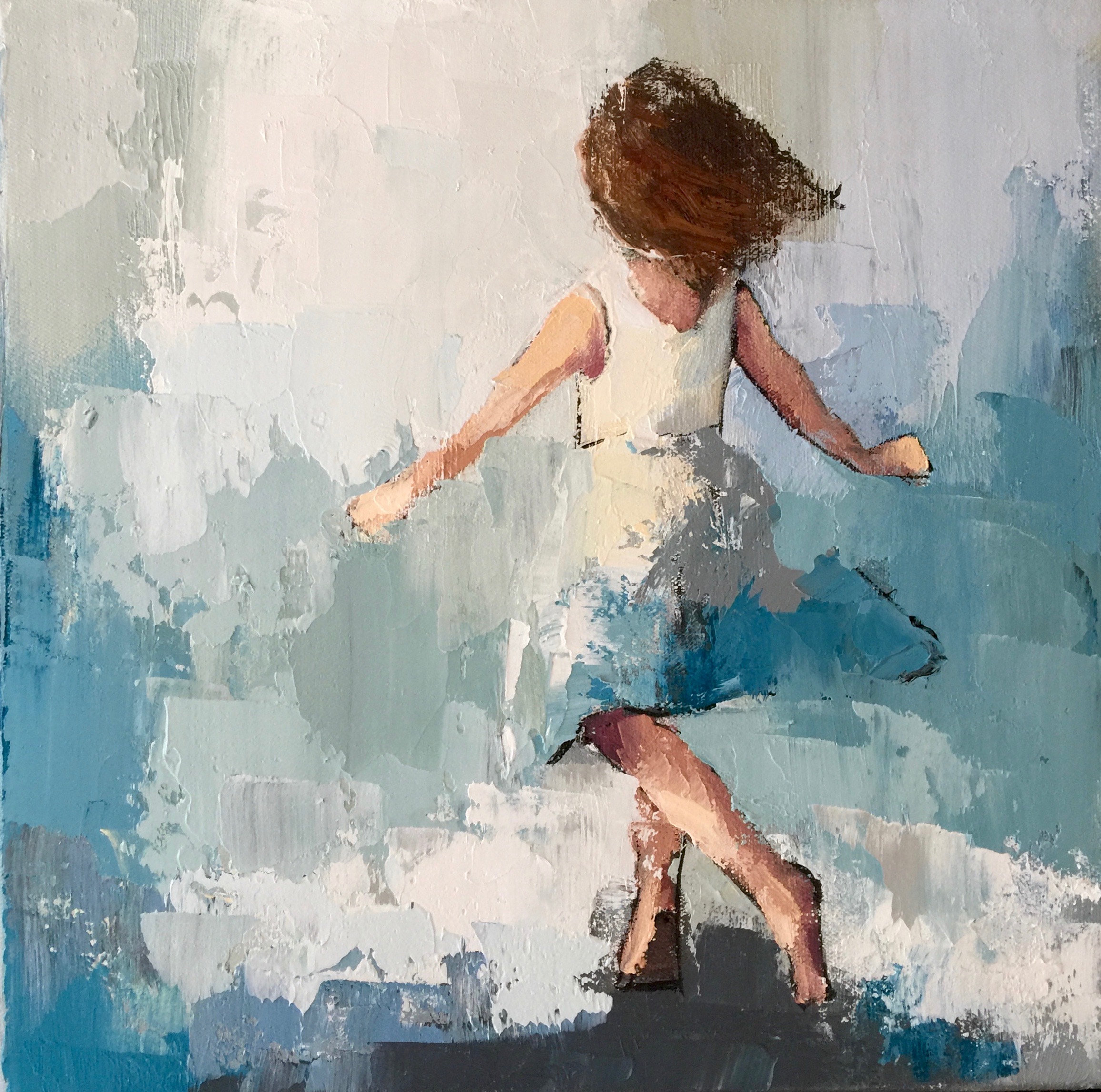
Throughout your work you create a bridge between impressionism and abstraction allowing the viewer to bring the ‘painting into focus.’ When did you adapt this particular style of painting?
I think it was during my journey with Andy Braitman. I was working in figurative work painting children and I couldn’t draw very well (at the time) so it was easier to lose more information. I enjoyed using that looser style because it has more energy and emotion. As my skills have developed, my drawings improved and my paintings became more accurate and detailed. So now I have to work to lose some of the information for the viewer to figure out. If you leave a few blank spaces for the viewer to fill in, it allows them to interpret the story within the painting.
What is a typical day in the studio like?
Everyday is different, that’s why it’s a great job! Right now I always workout and meditate in the morning because if I don’t have my body, mind and spirit in the right place, it’s not going to be a good day.
I usually go between some office work and then time actually at the easel. I have to really discipline myself and plan out the days of the week and which chunks of time will be at the easel and then times when I can work in the office.
I’m also working on a digital course and building my audience on social media, so that takes me away from the easel so I have to preserve that time.
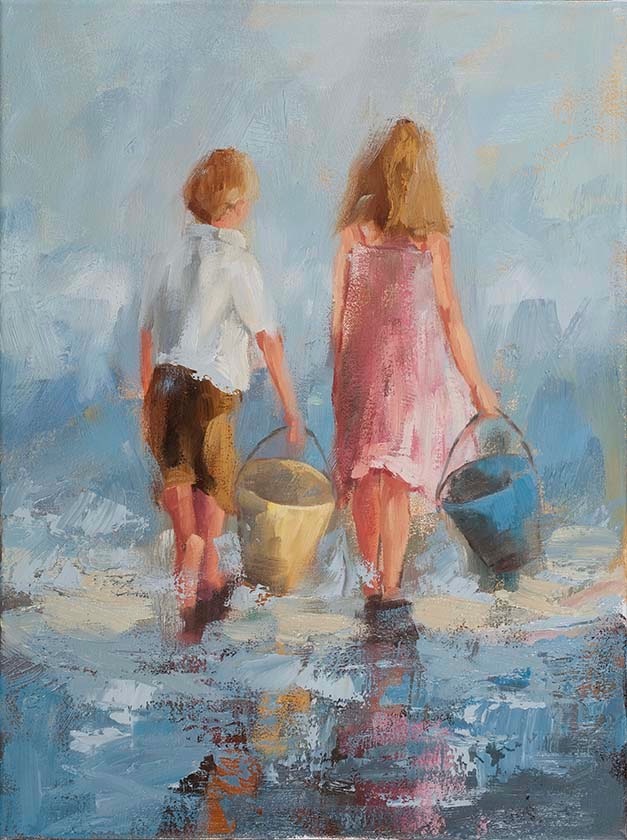
Tell me about the piece (or color palette) that you are working on right now.
Right now I’m working on a beach series that I was inspired to do this summer. Even though we are in the middle of a pandemic all of the children I saw during my time at the beach were filled with such happiness and joy. There are 8 pieces in the series, so that’s what my focus has been on.
I’m using a lot of blues, and each one has it’s own personality. Some of the titles are The Yellow Coverup and The Red Bucket, so there is different color pops in each painting, but generally they have the similar soft blues and sand color. I’m trying to convey the emotion of that little point in time that I was inspired to create each painting. With that focus and joy that can be felt through the painting, and make the viewer smile.
You have several subjects you focus on in your work from charming candids of children to florals, figures, abstracts and landscapes. What drew you to these subjects in particular?
I’ve spent most of my summers on the South Carolina coast and I still spend as much time down there as I can. So when I had my first child, she became my muse. She was the perfect model. I would spend a month or two at the beach each summer, and then when my son was born I started painting more children’s portraits. So my children are the reason I started painting portraits.
The florals happened because I needed a break from painting portraits, I wanted to do something different. I got stuck on florals for awhile, and then marshes… I love anything with reflections in the water.
Abstracts came last because of my love of color. I love color and I love to teach color and experiment with it. With abstracts it’s just a lot of fun to focus on the texture and the color and not so much on the subject matter. I don’t have a lot of time to work on my abstracts, but I’m hoping to start carving out more time work on them. The good abstracts are actually quite hard, you have to think about design and composition and it can be a little challenging.
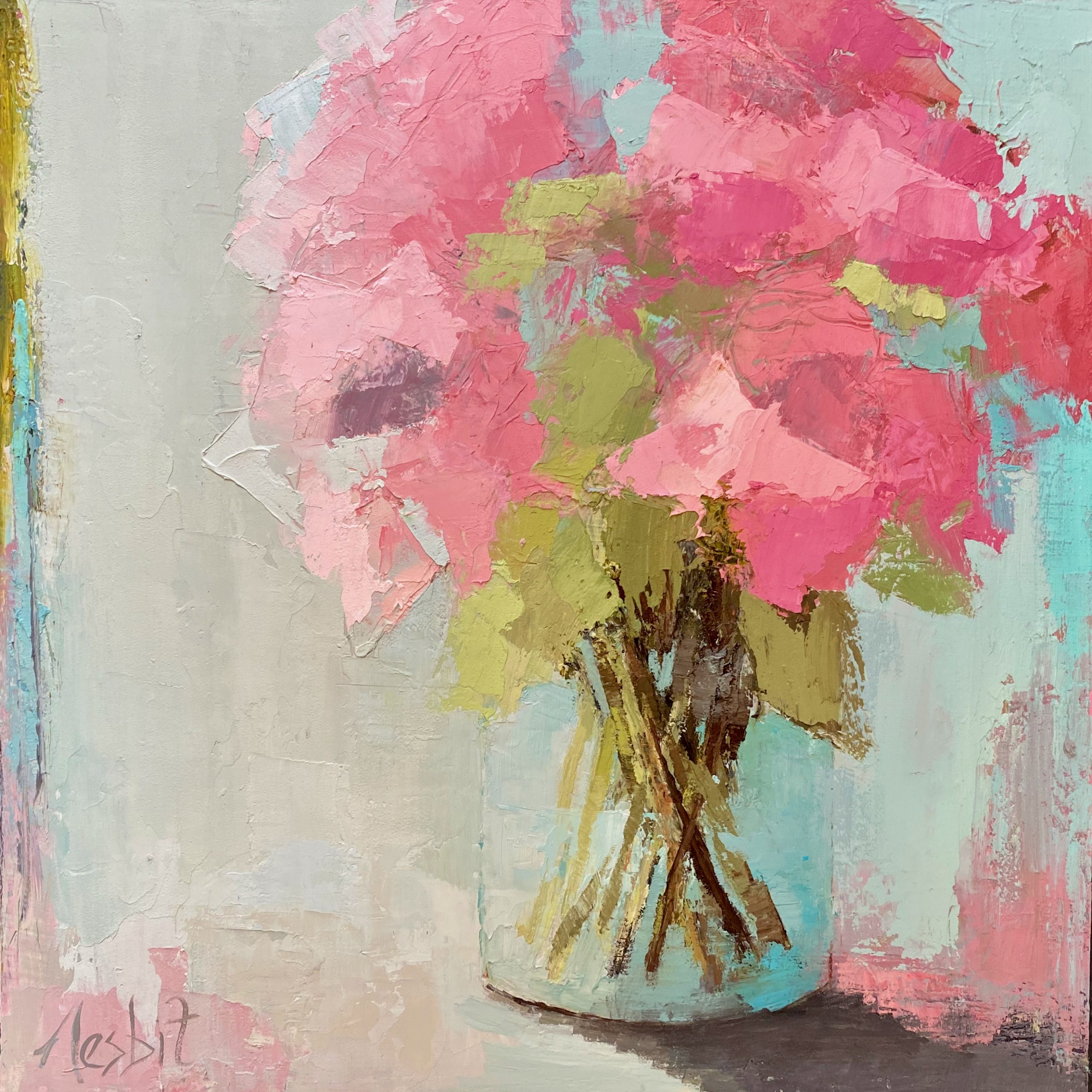
I love the Pink Blooms that is currently featured in your shop. What have been some of your favorite works that you’ve created?
The ones that have gotten away. I always think about what I’ve sold that I shouldn’t have. There were a few of my kids that I can’t recreate because that energy and passion and excitement in that painting is impossible to recreate. Sometimes clients will ask me to recreate a painting in a larger size, and it’s hard to explain that that first expression can’t be repeated. So there are 2 of 3 out there that I wish I could buy back.
You have painting workshops here in Charlotte and are currently planning a workshop in Tuscany next year. What can attendees expect at one of your workshops?
I’ve been teaching a long time. I tend to give a lot of information. I’m not afraid to share. I’m very generous with my students about what I know. I do demos and little bit of lectures with PowerPoint so we can study a lot of other concepts, history and things like that.
The students will paint a lot of the day and I go from easel to easel to see where they are with their work. So that’s my standard workshop, but Italy is a whole other ballgame. It’s a total creative experience. Sights, sounds, foods, the whole creative experience.
However with the pandemic, it will most likely be pushed to the Summer of 2022. It will happen, it’s just a matter of which summer. There will be more information on the website as we get that ironed out.
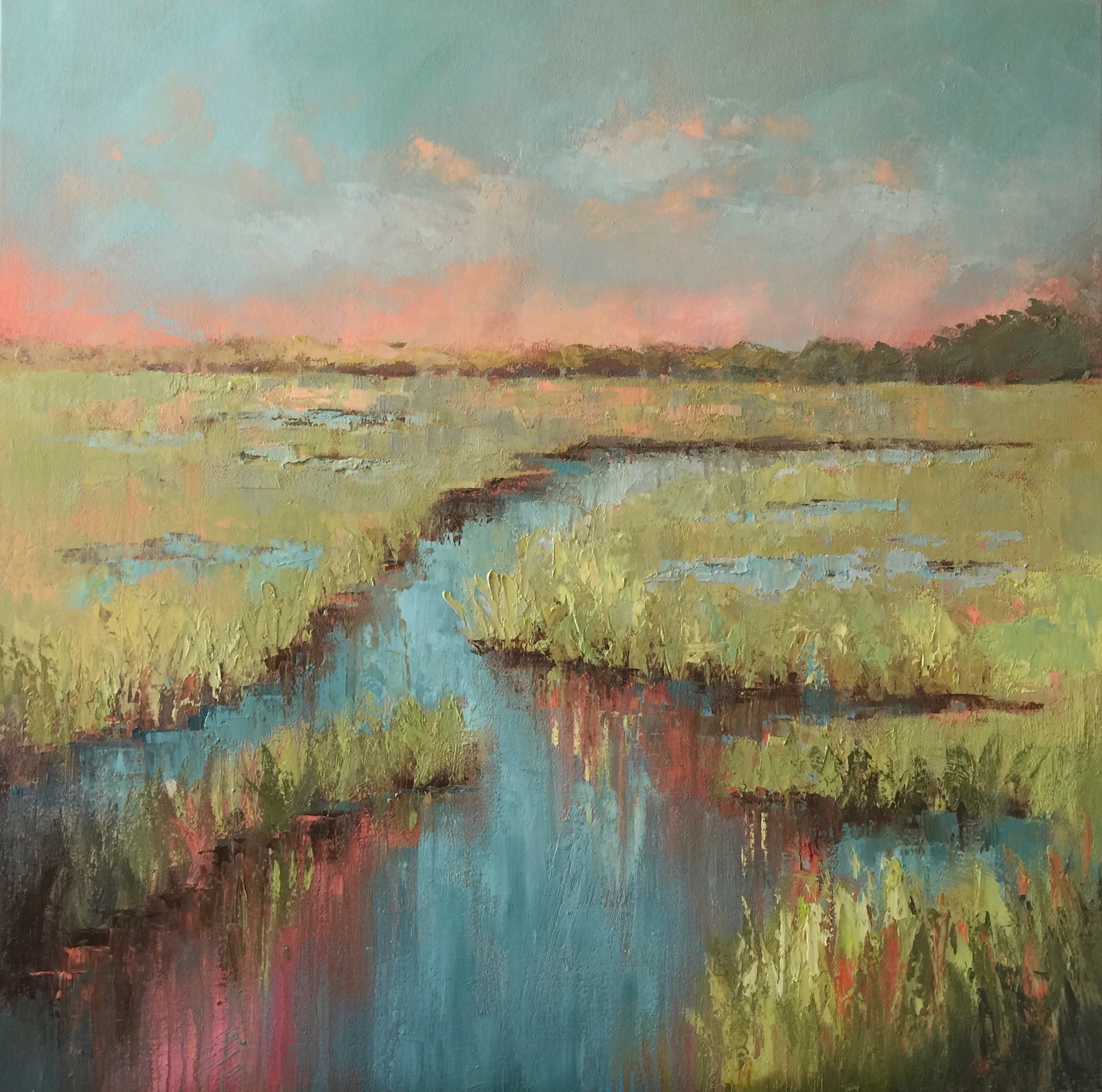
What do you enjoy the most about working with your students at these workshops?
As an artist you are by yourself a lot behind the easel. So it’s really awesome to get out in the art community. I love teaching, the sharing aspect and sense of community which is really important to me. I continue that through the Facebook group. I’ve made some really good friends and learned so much since I started doing workshops. There’s never a workshop that I don’t learn something from one of my students whether it’s a new paint color or a book that should be read. It’s really rewarding.
You will also be offering e-courses in future. Will these be targeted towards those new to painting?
The first one I will offer is a color academy. It will be for all levels. I will start at the beginning with the basic concepts of colors and and then get into more advance concepts. Each module will build on the next. So that’s the first one I will launch and then I will see where I go from there. I’m just going to do one at a time. They are a lot of work, but so fun.
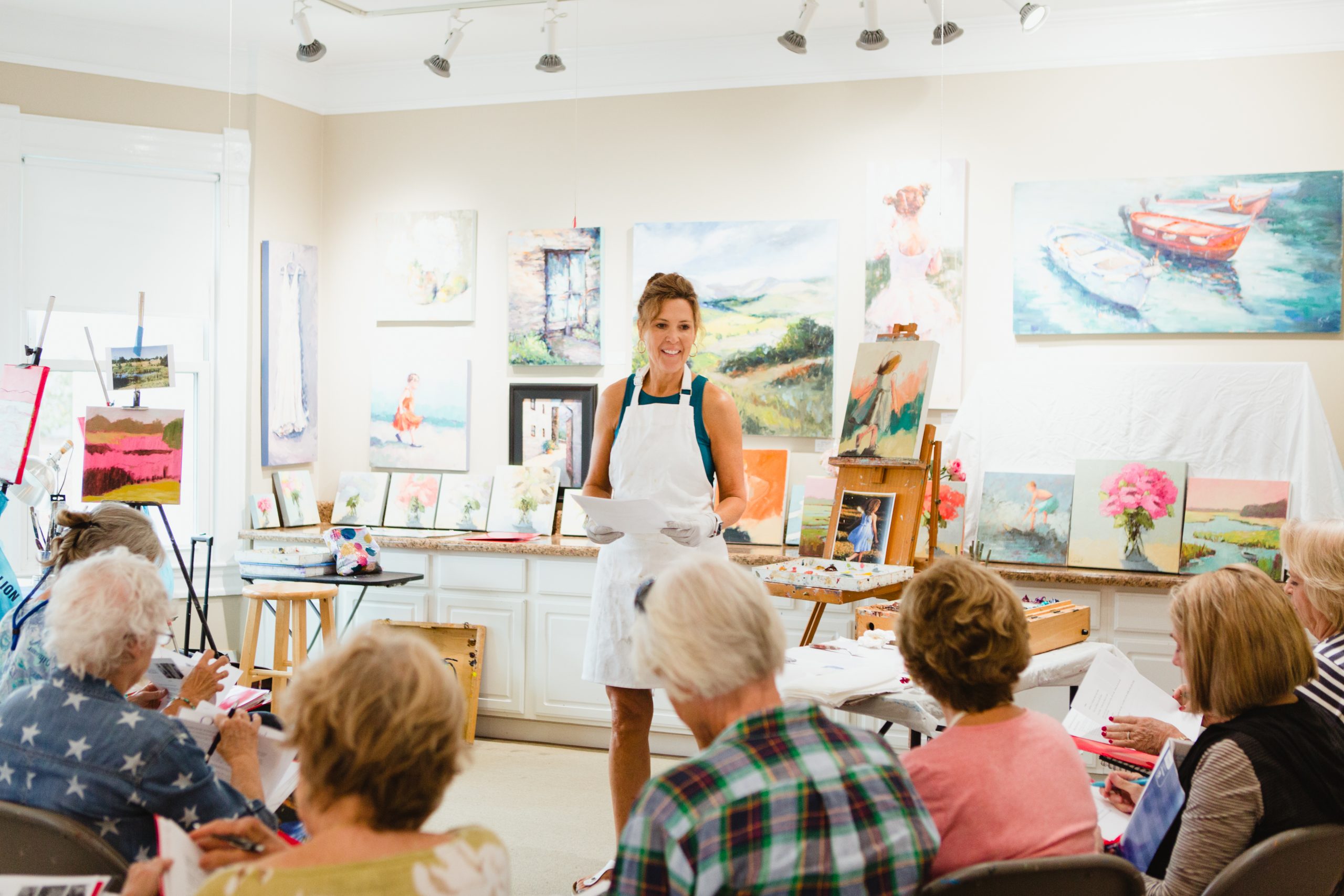
Check out Angela’s latest pieces and workshops via her website, and follow along via Instagram @angelanesbitfineart
